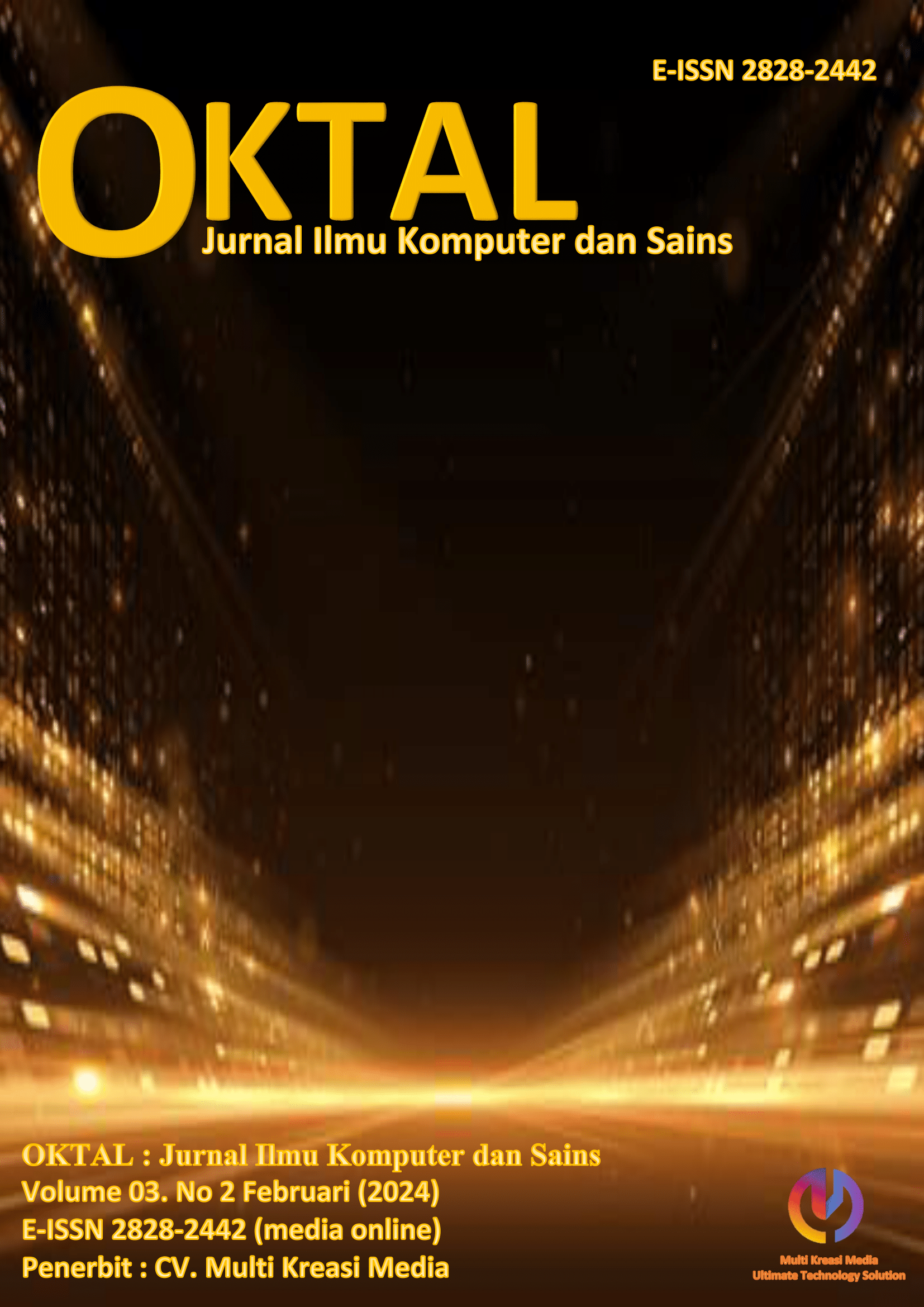Implementasi Metode Markerless Pada Aplikasi Augmented Reality Pembelajaran Geometri Untuk Siswa SD Berbasis Android
Keywords:
Geometry, Learning, Geometric, Augmented Reality, MarkerlessAbstract
Learning geometry material requires a medium to visualize the shapes of geometric shapes. Learning geometry material in elementary schools still uses printed books so that students have difficulty visualizing geometric shapes because they only see through 2-dimensional images in books. This resulted in a lack of interest in learning elementary school students in studying geometry. Although these obstacles can be overcome by making crafts, especially on geometric objects, there are some drawbacks such as requiring costs to make geometrical crafts and requiring sufficient space to store geometrical crafts. The solution that can be done to overcome this is to design an application to assist in the teaching and learning process by utilizing Augmented Reality technology. The purpose of designing this application is to help students visualize geometric shapes and increase students' interest in studying geometry material. The results of this study are in the form of an Augmented Reality application for learning geometry with the Android-based Markerless method which can help students visualize geometric shapes with the results of testing the target user, which is 82.6%. In addition, this system can increase students' interest in learning with the results of testing the target user, namely 86.1%, so that the eligibility criteria for this application are "Very Feasible".
References
Abdulghani, T., & Sembada, R. M. (2021). Pemanfaatan Teknologi Augmented Reality untuk Memilih Model Kacamata di Central Optikal 165 dengan Menggunakan Metode Markerless Berbasis Android. Media Jurnal Informatika, 36-44.
Apriliah, W. (2019). Metode Waterfall Pada Sistem Informasi Penjualan Truliving PT Duta Laserindo Metal Cikarang. INFORMATION SYSTEM FOR EDUCATORS AND PROFESSIONALS, 153-162.
Jumarlis, M., & Mirfan, M. (2018). Implementation of Markerless Augmented Reality Technology Based on Android to Introduction Lontara in Marine Society. IOP Conference Series: Earth and Environmental Science, 1-6.
Juniawan, F. P., & Sylfania, D. Y. (2019). Augmented Reality as Learning Medium for Preservation of Traditional Musical Instruments in Bangka. EMITTER International Journal of Engineering Technology, 537-549.
Mailasari, M., & Sikumbang, E. D. (2019). Sistem Informasi Perpustakaan Menggunakan Metode Waterfall. Jurnal SIFOKOM, 207-214.
Malasari, P. N., Herman, T., & Jupri, A. (2019). Kontribusi Habits of Mind Terhadap Kemampuan Literasi Matematis Siswa pada Materi Geometri. Jurnal Pendidikan Matematika (Kudus), 153-164.
Putri, M. A., & Wibisono, I. S. (2020). Aplikasi Augmented Reality Untuk Pengenalan Perangkat Jaringan Komputer. Jurnal Prodi Teknik Informatika UNW “Multimatrix”, 61-67.
Saputra, G. E. (2020). Analisa dan Perancangan Markerless Augmented Reality Application Rumah Adat Minangkabau dengan Menggunakan Metode Prototyping Berbasis Android. Jurnal Ilmiah KOMPUTASI, 443-454.
Wahid, A. A. (2020). Analisis Metode Waterfall Untuk Pengembangan Sistem Informasi. Jurnal Ilmu-ilmu Informatika dan Manajemen STMIK, 1-5.
Zainul, R. (2018). DESAIN GEOMETRI SEL PV. Solok: CV. BERKAH PRIMA.




















